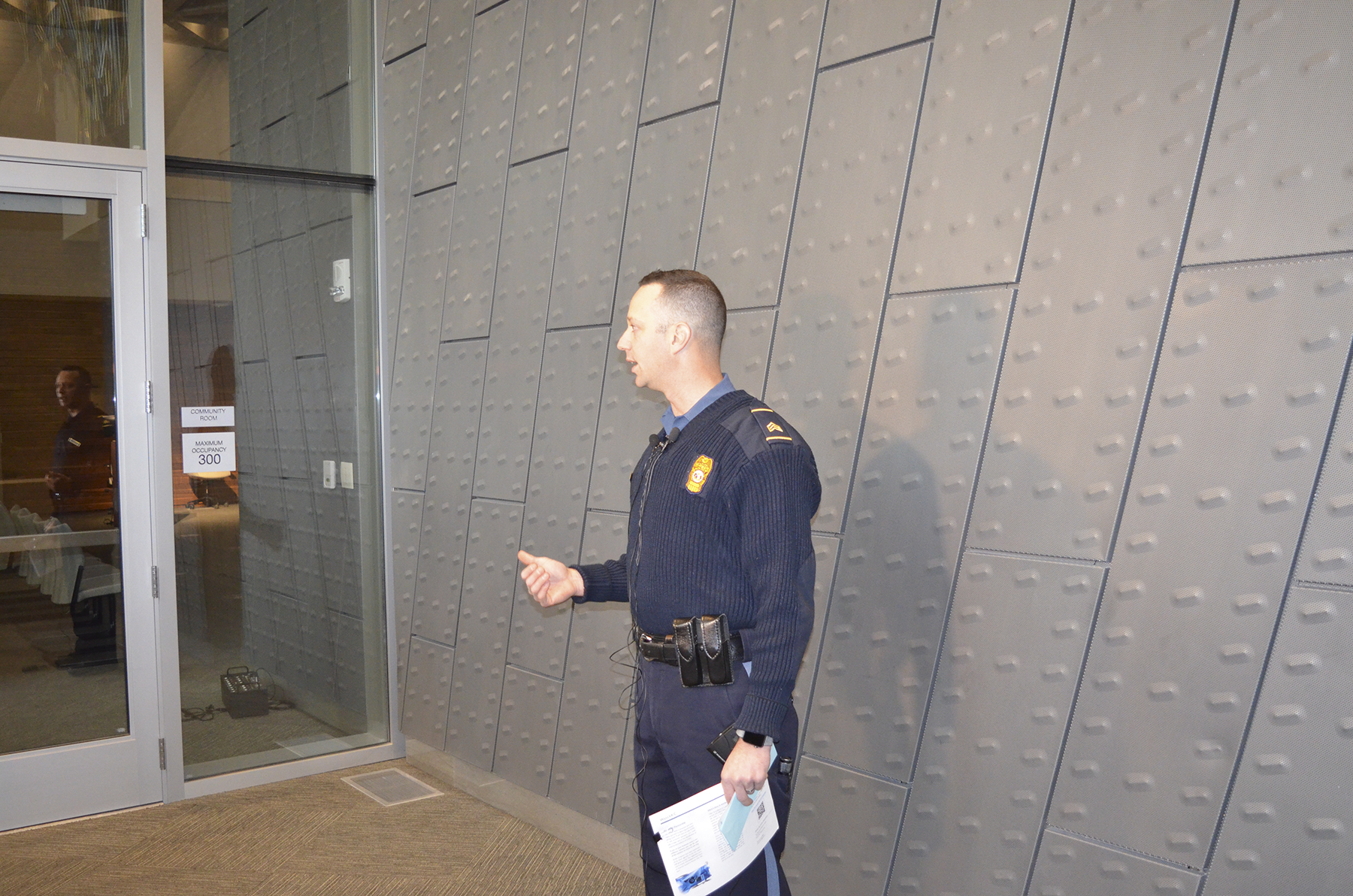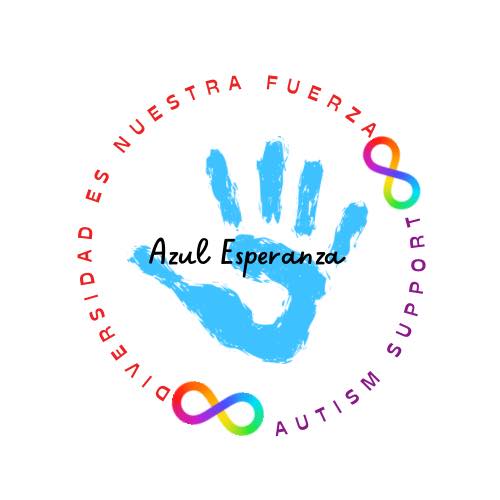
By Paul Thompson
Northeast News
This should go without saying, but the stats suggest otherwise: no one should fire a gun as part of a holiday celebration.
Yet here was the Kansas City, Missouri police department on Thursday, December 28, holding a press conference warning the general public about the dangers of celebratory gunfire.
“Around New Year’s – just like the Fourth of July – we know that people will shoot their guns off to celebrate the holiday,” said Sgt. Jake Becchina of the KCPD Real-Time Crime Center. “They think it’s cool, fun, neat, all of those things. What we really want to reiterate and remind people of is the dangers of shooting a gun off.”
Those dangers can include property damage to cars or homes, but celebratory gunfire also poses a danger to people. The case of Blair Shanahan Lane is a prime example: the 11-year-old was killed by celebratory gunfire on July 4, 2011, as she played in a relative’s yard in East Kansas City.
Thanks to the advent of new technology like ShotSpotter – which can accurately track gunshots by sound – there are real numbers that drive KCPD’s concern about celebratory gunfire. For instance, from 6 p.m. on December 31, 2015, to 6:00 a.m. on January 2, 2016 (the 36 hours surrounding the New Year’s holiday), KCPD recorded a total of 210 gunfire alerts. In total, there were 1,413 shots fired in the 3.5 square mile radius in which the technology is located. During the same time period in 2016 and 2017, there was 130 alerts and 883 rounds fired.
“It’s very common on Fourth of July and New Year’s,” Becchina said. “It seems to be more so on New Year’s than on Fourth of July. It’s really concentrated in the hour before or the hour after (midnight).”
Although there were fewer alerts during last year’s holiday, celebratory gunfire remains a concern. The problem, Becchina says, is that police officers have no way of knowing which shots are celebratory and which are more nefarious. As a result, officers can take valuable time responding to gunfire that doesn’t pose a threat to the community.
“When we know about gunfire – whenever we get a 9-1-1 call, when we get a ShotSpotter alert – we respond as though any possible situation is underway,” Becchina said. “We respond with enough officers to safely bring that situation under control.”


















